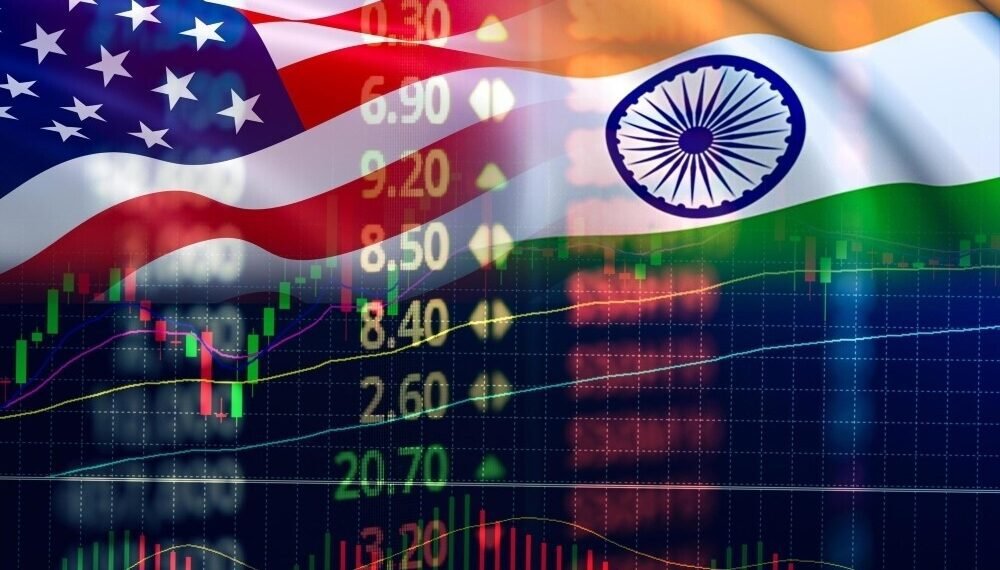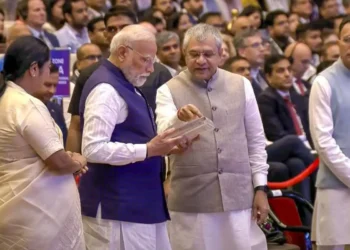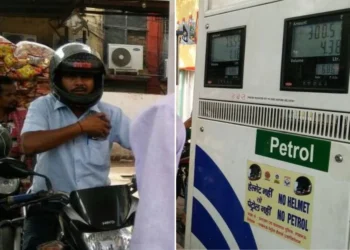Is the World’s Biggest Democracy Facing a ‘Strategic Shock’?
The U.S.-India economic relationship is facing serious turbulence as trade tensions escalate. The Trump administration officially notified India about imposing an additional 25% duty on major categories of Indian exports. Combined with existing tariffs, this pushes rates up to 50% for critical products.
According to a Global Trade Research Initiative (GTRI) analysis, approximately 66% of India’s U.S.-bound exports, worth around $60 billion annually, could face disruptions due to these new tariffs.
Timeline and Immediate Impact
The U.S. Department of Homeland Security set August 27, 2025, as the deadline for enforcing the steeper tariffs. Beyond that date, deadlines for compliance become strict, leaving exporters with little room for adjustment. Both countries remain firm, and no immediate resolution seems visible.
Industries most affected include textiles, apparel, and other labor-intensive sectors, which employ millions of Indians. The GTRI report suggests these tariffs could cause a 70% reduction in exports for some sectors, potentially leading to job losses and a decline in India’s overall exports to the U.S.
Global Supply Chain Implications
The tariffs also affect India’s position in global supply chains. With the “China plus one” strategy widely adopted by Western companies, U.S. buyers may seek alternatives like Vietnam, which faces lower tariffs of 20%. This development could slow India’s ambitions to become a major global manufacturing hub.
India’s Response and Diplomatic Strategy
India is not remaining passive. Prime Minister Narendra Modi has reaffirmed that the government will protect the interests of entrepreneurs and farmers. External Affairs Minister S. Jaishankar emphasized that India’s foreign policy prioritizes national interest, highlighting initiatives such as purchasing Russian oil to stabilize global energy markets.
The government has assured exporters that it will take all possible measures to safeguard their businesses, offering some relief amid rising uncertainty.
Broader Implications
This situation highlights how even alliances can experience complex trade disputes. The tariffs represent not just financial burdens, but a shift in the global trade landscape, requiring India to balance economic priorities with geopolitical pressures. Navigating these challenges will be a key focus for the government in the coming months.








